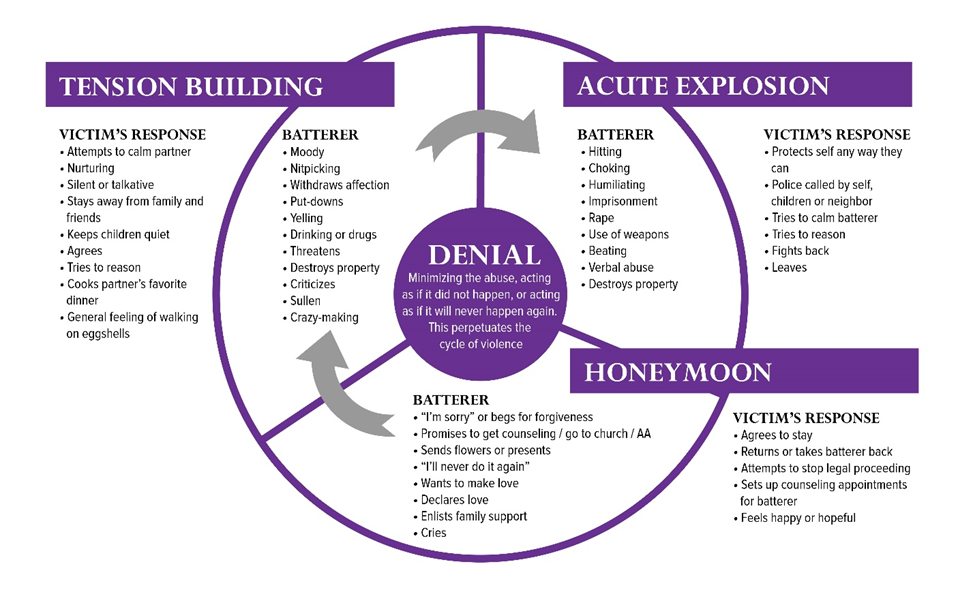All relationships exist on a spectrum between healthy and unhealthy.
It’s important to note that domestic violence is a pattern of abuse. Not all unhealthy relationships are abusive. For instance, how you feel after an argument or disagreement can tell you much about your relationship. Do you feel guilty or ashamed or do you feel scared or terrified of having sharing your feelings? There is a big difference between the two. It can be normal to feel upset or guilty after an argument, as caring about the people we love and their feelings, is a very common part of being in a relationship.
How your relationship heals after a disagreement is important to keep in mind. If you become increasingly afraid of sharing or talking about how you feel because you are scared of how your partner will react, that is a red flag. (link to warning signs) If your partner keeps reminding you of how you hurt them in order to keep you feeling guilty, that is also a red flag.
Healthy relationships are relationships that can handle boundaries. They are relationships that empower both partners to share their feelings and thoughts. They are relationships that support each partner’s goals, dreams, and healthy choices. They are based on trust and respect.




